Description
Under The Pines explores Queanbeyan’s rich Catholic heritage, from ancient roots to the architecture of one of the first Catholic churches in Australia.
Catholic life in the Queanbeyan area holds significant historical and architectural importance. Situated amidst the enduring Aboriginal gatherings spanning millennia, Queanbeyan emerged as a vital hub with the arrival of Australian settlers in the 1820s. Blessed by the convergence of the Molonglo and Queanbeyan rivers, it serves as the gateway to the Monaro, connecting coastal, mountainous, Sydney, and Yass routes.
Among its notable landmarks stands one of Australia’s earliest Catholic churches, still actively serving the community today. Designed by the esteemed architect Augustus Pugin, renowned for his work on ecclesiastical and governmental structures, this stone church epitomizes the Gothic Revival style, setting a prototype for Australian church architecture.
Encompassing an area approximately half the size of Ireland, the Queanbeyan Catholic community boasts a rich legacy. Despite its profound impact on both its members and the broader community, there exists a notable dearth of dedicated historical accounts. This book, Under The Pines, endeavors to fill this void, narrating the story of the vibrant Queanbeyan Catholic Community.
While the community’s influence is evident through its institutions and the faithful’s numbers, its history remains largely unrecorded beyond official church archives. Factors contributing to this gap include the educational limitations of early members, whose oral traditions prevailed over written documentation. Additionally, the inherent ordinariness of practicing one’s faith led to a lack of written records, with Masses and gatherings treated as routine occurrences rather than noteworthy events.
Thus, the historical narrative of Queanbeyan’s Catholic community emerges as a blend of official records, fragmented anecdotes, and oral histories, revealing a community deeply intertwined with the fabric of everyday life, yet deserving of recognition and exploration in its own right.
Hardcover Coffee Table Edition – 450 pages
Books, local


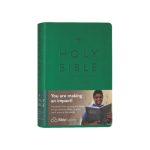
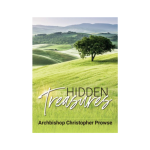
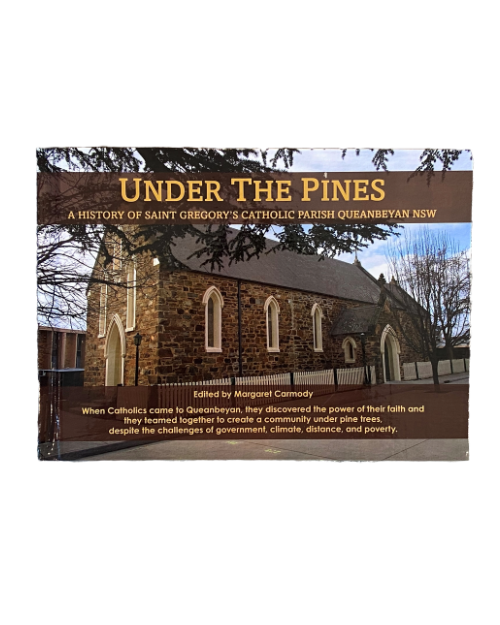
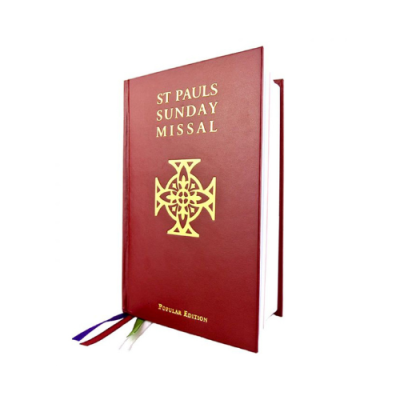
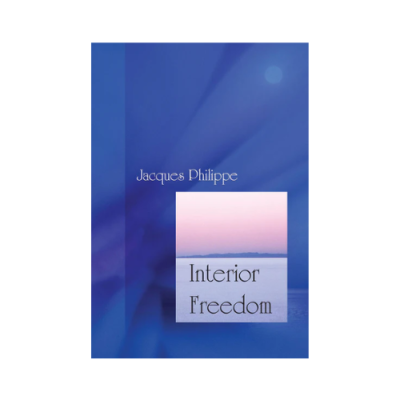

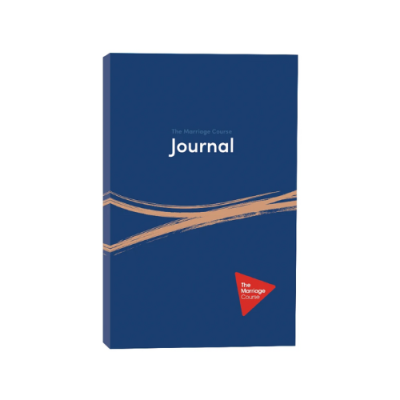

Reviews
There are no reviews yet.